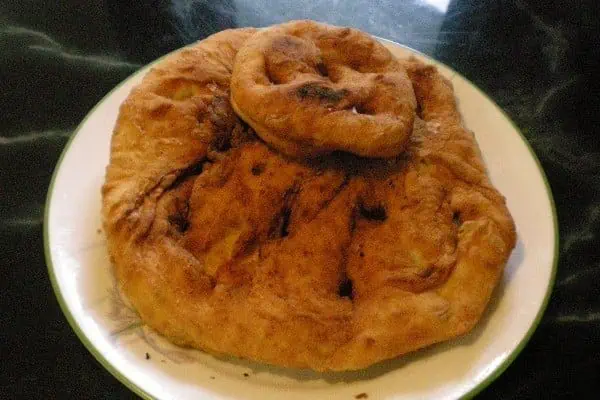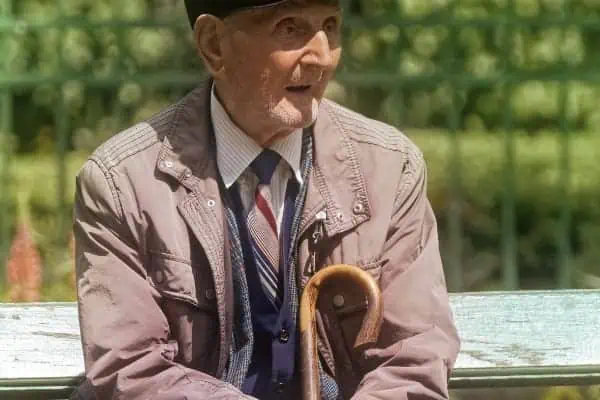Too often, I have seen people wearing knives that are really too big to take on any task except chopping down trees.
These are often visitors, but locals sometimes wield these big blades as well. If we had junglelike undergrowth, maybe these machete stand-ins would have a legitimate purpose.
I’m guessing that folks who really don’t know any better get fooled by advertising.
A knife for regular camping needs a blade-length of only 2½ to 3½ inches and can be a folding type or fixed blade, either of which can come with a sheath.
A folding knife can be carried in a pocket as sheaths (especially inexpensive ones) allow knives to fall out and be lost. Any sheath should have a fastener to securely hold the knife in place.
Even better than a simple folding knife is one of the many “multi-tools” or Swiss Army knives, which come in a variety of price levels depending on quality and the number of blades, files, saws, awls, screwdrivers, etcetera, that each type has.
Look for a brand name at a moderate price, but by all means avoid the very inexpensive models that seem to have all the blades and tools you could ever need. These are cheap and poorly made, will break when you need them and may injure you in the process.
Reasonably good quality, brand names start at about $60 and go up to hundreds of dollars. A pretty good quality lock-blade folding knife with a secure sheath can be had starting at about $50.
If the knife owner is an angler, an additional filleting knife with a 6-10 inch flexible blade is available, with well-known brand names starting at less than $20, including a sheath.
If the knife owner is a hunter, I suggest a multi-tool worn on the belt for general knife work and a more expensive, high quality knife for field dressing your game animal.
It is a mistake to buy anything less than the best quality you can afford when it comes to choosing a knife for field dressing and skinning. It should have a similar blade length as a camp knife — under 5” is all you need. Anything larger is just too clumsy to work well with.
Since this knife will cost a lot more and is only used on the downed animal, it can be carried inside your pack where it will never be lost, nor will you be tempted to cut rope or pry with it.
All your knives should be kept as sharp as they can be, as they work best that way, and more people are cut with dull knives than sharp ones. This is due to the extra effort needed to cut anything with a dull blade.
Various inexpensive, small sharpening devices are available with sheaths or for carrying in a pocket. These are important to hone the blade edge in the fi eld. Some blades need more touch-ups than others.




